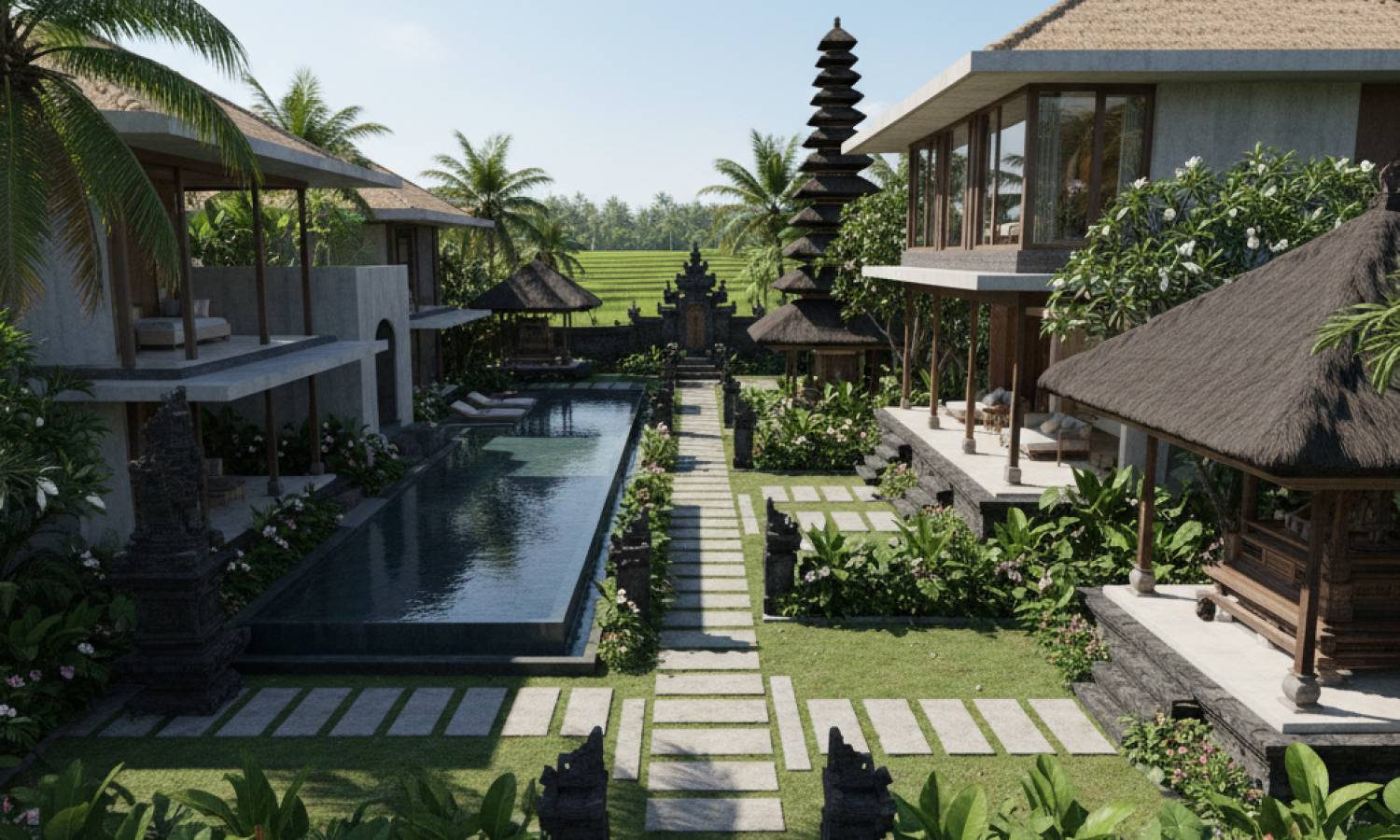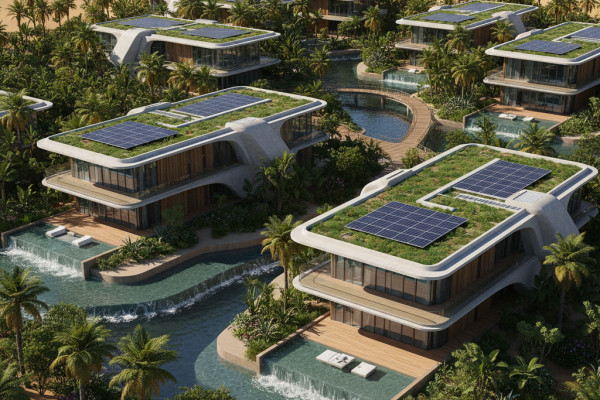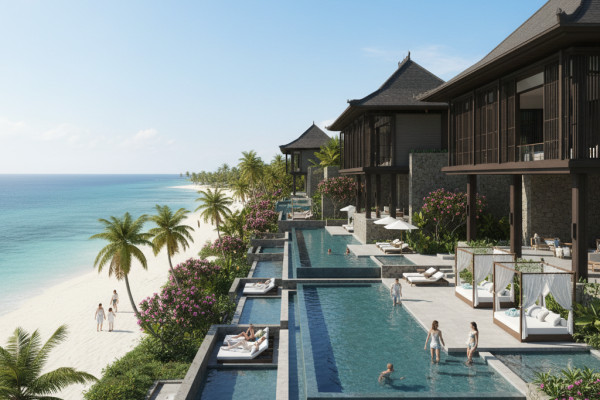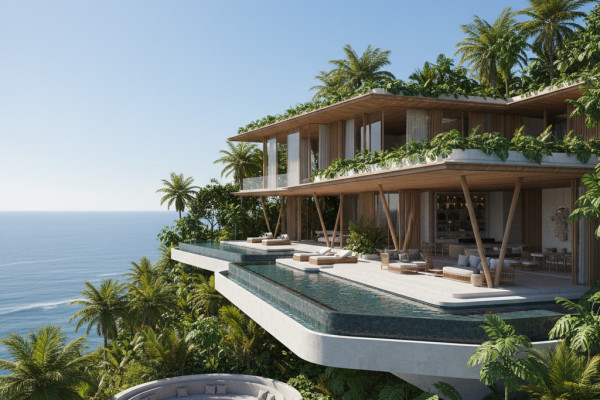
Asta Kosala Kosali: The Sacred Balinese Blueprint Investors Should Know
Bali’s property market isn’t just about land and buildings — it’s about cosmic harmony. Investors and buyers eyeing the island’s unique lifestyle and villa developments should dive deeper than the usual brochures. There’s an ancient architectural language here called Asta Kosala Kosali, governing how properties are designed and aligned with the island’s spiritual universe. Understanding it can reshape how you value Bali real estate.
Asta Kosala Kosali is the traditional Balinese architectural system rooted in Hindu-Buddhist cosmology. It defines spatial order through a tripartite structure: the sacred mountain (Utama Mandala), the human domain (Madya Mandala), and the impure sea or lower zones (Nista Mandala). Each element of a property — from temple placement to bedroom positioning — is carefully aligned with cosmic principles, infusing a property with balance and spiritual harmony. This isn’t folklore; it’s an invisible blueprint that local architects, especially the revered undagi masters, strictly follow.
For investors, recognizing this means appreciating the value of a property well-oriented to the cosmos — with sanctified entrances, courtyards, and temple spaces that generate positive energy and social prestige. Villas adhering to these principles command not just cultural respect but often outperform in rental yield because they attract discerning travellers seeking authentic Balinese experiences.
Consider the directional axes of kaja-kelod and kangin-kauh. Kaja points toward the mountain, the source of purity, while kelod directs to the sea, the realm of decay. Kangin is east, linked to sunrise and life; kauh faces west and endings. Properties that situate main living and sleeping areas facing the auspicious kaja-kangin (northeast) harness goodwill and auspicious vibes, a factor local buyers prize.
The traditional compound organizes rooms around a natah or open courtyard — a concept that influences how modern villas create inviting communal spaces with natural flow and positive feng shui. Even the proportions are bespoke, measured using body-based units like depa (armspan) rather than standard metric tools. It’s bespoke, sacred design.
But here’s the kicker: Bali’s rapid urbanization challenges these customs. Land scarcity forces subdivisions of traditional compounds, often diluting Asta Kosala Kosali practices. Modern developments sometimes ignore these sacred rules altogether, resulting in properties that full locals or culturally-aware tourists may see as less harmonious or less authentic. This disconnect affects not just aesthetics but the energy and desirability of the property.
So what does that mean for you, the savvy investor? When scouting Bali real estate, look beyond the build quality or hotel-level branding. Inspect how a villa or compound aligns with traditional Balinese spatial guidelines. Engage with an undagi or a local cultural consultant where possible. This ancient system may just be your secret weapon in securing a property that stands out in Bali’s fiercely competitive market — one that offers authentic cultural resonance and, potentially, better long-term value and rental returns.
Practical Takeaways for Buyers & Investors:
- Prioritize villa projects or compounds designed with Asta Kosala Kosali principles to enhance cultural authenticity and guest appeal.
- Familiarize yourself with directional orientations such as kaja-kangin (northeast) for auspicious property alignment.
- When possible, bring in a traditional Balinese architect (undagi) or cultural expert during planning or purchase to ensure proper spatial harmony.
- Watch for property subdivisions that may compromise traditional compound layouts, impacting long-term rental desirability.
The Final Takeaway:
The sacred Balinese blueprint is more than tradition — it’s a subtle but powerful underpinning of property value here. Investors who respect and incorporate Asta Kosala Kosali can unlock deeper cultural resonance and more sustainable gains in Bali’s unique real estate market.




